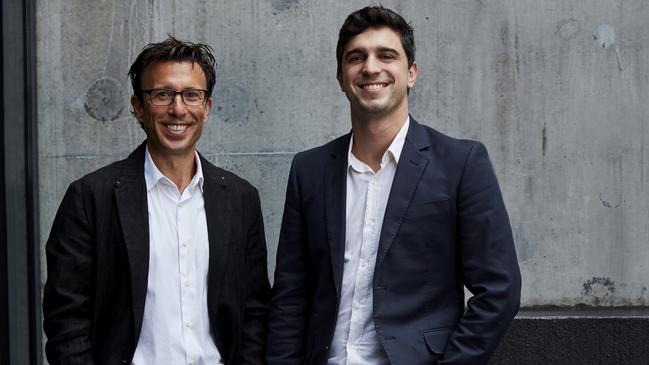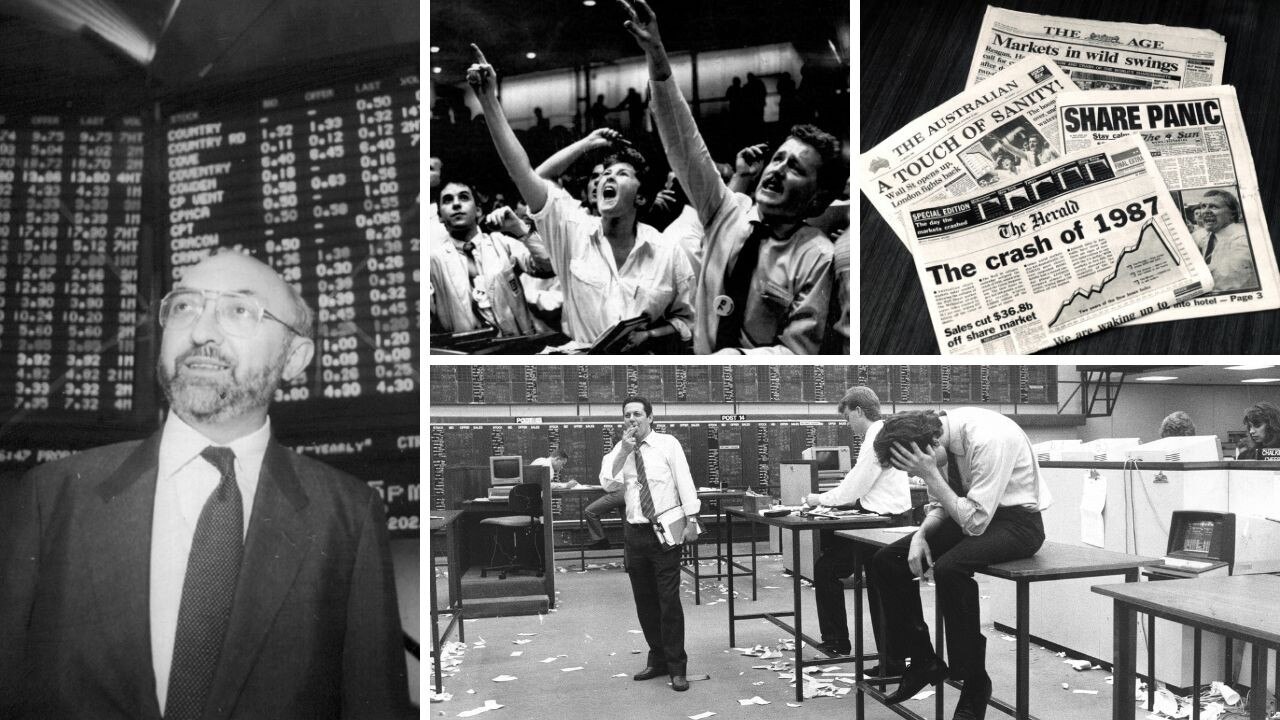Why timing’s right for $39bn Afterpay play
The $39bn takeover bid comes at precisely the right time for Afterpay which needs to upgrade its competitive profile as banks and big tech players start flooding into its market.

Terry McCrann
Don't miss out on the headlines from Terry McCrann. Followed categories will be added to My News.
The $39bn play for Afterpay sits at the intersection of so many 21st century dynamics – tech obviously, money and credit and innovation around them, globalisation and digitisation, social media and instant real time gratification, and even the challenges and changes of our post-Covid reality.
Perhaps the most interesting aspect of all this is that Afterpay isn’t really a 21st century tech beast: it’s essentially a throwback to very basic forms of bringing buyer and seller together which were largely supplanted by pervasive late-20th century banking intermediation.
It’s a cocktail of factoring and layby without the wait.
All Afterpay does is guarantee a seller gets, say, $95 of the $100 that a buyer pays for a product. The buyer gets the product immediately and pays the $100 to Afterpay over four weeks. Or the buyer doesn’t and pays ‘penalties’, which used to be known as ‘interest’.
Sure, it is built entirely on 21st century software and systems. Afterpay would not have been – and self-evidently, wasn’t - possible in the more tech-primitive world of the 20th century.
So in that sense I guess it’s ‘built on tech’. But the whole basis of its model is that $5 in my example, which has got little to do with tech (except in terms of its cost base) and is all about Afterpay exploiting gaps in financial regulation.
That, simply, it can play credit provider without being regulated like credit providers, otherwise known as the banks – a reality which is both explained and built on its deal with Westpac for them to run in parallel.
The other key element is that Afterpay – and the other emerging BNPL (Buy Now Pay – not-that-much – Later) players – are still tiny in the scheme of things, having perhaps 2-3 per cent tops of the available consumer market.

So Afterpay can ‘bury’ any mistakes and even a basic unviability (if there is one, I hasten to add) in growth. And that makes it the perfect time for this deal for both seller and buyer.
A $39bn Afterpay is the perfect and sufficiently large add-on to a $153bn Square. It gives Square quantum growth, it gives it synergistic diversification, and it gives it value-adding expansion in both breadth and depth of its own core software and systems operations.
That’s the benefit for Square. From the Afterpay perspective, it’s precisely the right – indeed, arguably urgent – time to upgrade its competitive profile.
It puts its customer (consumer and merchant) base together with Square’s much, much bigger clientele, just as others including financial institutions and big tech players like Amazon and Paypal start flooding into its market.
No, Square is not paying $39bn in cash: that would be self-defeating from both sides. But because of the relative sizes – Square is four times the value it’s placed on Afterpay and so will give Afterpay holders about 20 percent of the merged group - Afterpay holders could comfortably turn their investment into cash either into the transaction or when they get their Square stock.
The message that both Square and the Afterpay duo will clearly be broadcasting is that the merged Square-Afterpay will be a leading edge tech dynamic.
Further, it might happenstance be precisely what works, and by that I means grows, in the troubled post – or permanent – Covid world we’ve entered.
The proposed Santos-Oil Search merger provided an interesting and just about as starkly different contrast as you could possibly imagine.
It was all classis 20th century; and I don’t mean because of oil. We’ll be using oil as we enter the 22nd century.
No, but because it’s about conventional aggregation: scale, geographic diversification and marrying two different resource bases and growth and exploration opportunities.
The two companies are also much closer in size: a $13bn Santos buys an $8bn Oil Search, limiting the offer premium.





